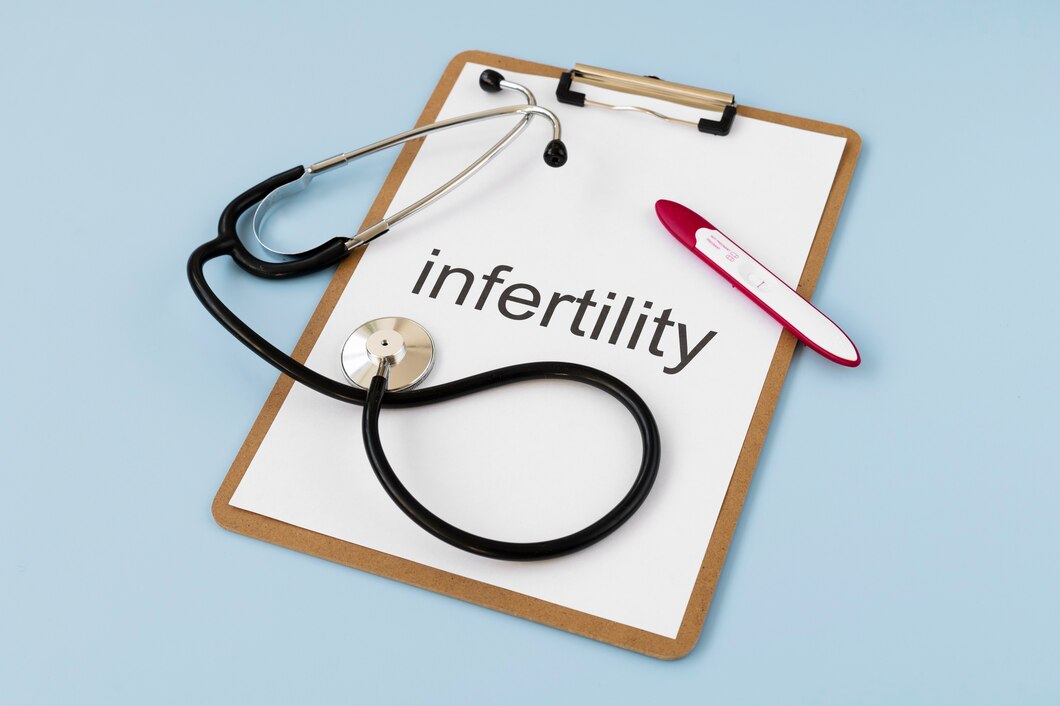Fertility Treatments & Reproductive Surgery
In vitro fertilization is a form of assisted reproductive technology (ART) that uses technology to help sperm fertilize an egg in a laboratory dish—in fact, in vitro means “in the lab.” IVF facilitates the transfer of a fertilized egg to the uterus, with the ultimate goals of a viable pregnancy and a live birth.
Why is IVF done?
- The fallopian tube is hurt or clogged. Endometriosis.
- Fibroids in the uterus.
- A genetic condition.
- Ovulation problems are widespread.
- Infertility that hasn't been explained.
- Fertility preservation is a result of cancer or other illnesses.
- Tubal sterilization or removal is required.
- Sperm formation or function is hampered.

Who Is a Candidate for IVF?
If you’ve been trying to conceive for at least six months to a year, and are over the age of 35, you may be a candidate for IVF, says Banafsheh Kashani, MD, OB-GYN, reproductive endocrinologist and infertility specialist in Laguna Hills, California. Those under 35 are typically encouraged to try for at least one year before turning to IVF.
New York City, adds IVF may be an option if you are experiencing any of the following conditions:
- Unexplained infertility
- Severe sperm disorders
- Severe endometriosis
- Recurrent miscarriages
- Desire to screen for specific gene defects
How What Are the Steps in the IVF Process?
According to Dr. Amr Sharaf Eldeen, there are four main steps involved in IVF:
- Prepping the ovaries with oral pills (such as birth control pills or estrogen). These pills control the timing of your menstrual cycle, prevents ovarian cysts, and promotes better results during egg retrieval.
- Administering hormone medications to stimulate your ovaries into producing mature multiple eggs at one time. Your body typically produces only one egg per menstrual cycle, but having multiple eggs provides a greater likelihood of successful fertilization. This process may also involve injecting fertility drugs stimulate the ovaries to mature a dozen or more eggs for retrieval.
- Harvesting the eggs through egg retrieval (which is accomplished using a transvaginal ultrasound-guided needle) for either freezing or fertilization. Fertilization involves mixing the egg with sperm in a laboratory dish to create an embryo.
- Embryo transfer into the uterus, which can be done in the same cycle, called a fresh transfer, or at a later date, a frozen transfer. During the embryo transfer, a thin tube, or catheter, will be passed through your cervix. You may experience very light cramping but nothing more than that
How Long Does IVF Take?
The entire cycle from start to finish can take four to six weeks, and the first step in the IVF process is preconception testing.
“Preconception testing for both the female and male is required as the first step of IVF,” says Dr. Amr Sharaf eldeen “This includes laboratory testing to check for infectious diseases, hormones, and a semen analysis for the male partner. Women undergo ovarian reserve testing to determine their egg quantity and testing to see how they would respond to the hormone treatments.”
A typical IVF cycle will take two to three weeks once the egg stimulation process begins. That takes place after being on birth control for about two weeks to “mimic a menstrual cycle
- Unexplained infertility
- Severe sperm disorders
- Severe endometriosis
- Recurrent miscarriages
- Desire to screen for specific gene defects
Fertility & Gyn-Aesthetic Treatments Prices
All our packages include 5-star accommodation, private airport transfers, medical consultation, post-operative support, and local assistance. Final pricing may vary depending on individual medical cases and personalized service requirements.
-
IVF From £2,000 to £3,000
(In Vitro Fertilization)
-
Hormonal Treatments / Insemination / Diagnosis From £1,200 to £2,000